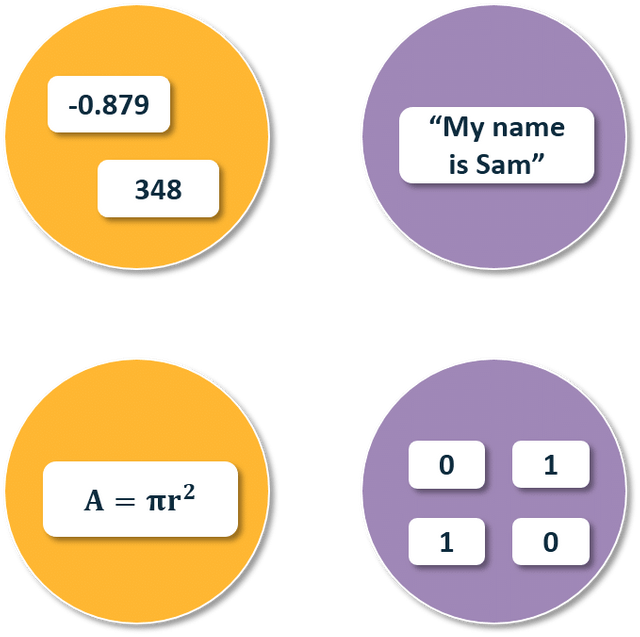This is the age of data! As soon as you open your Facebook account, you are inundated with a huge amount of data. You get to see posts from your friends, which could be in the format of the text, pictures, and videos. Now, just imagine if you could tap into this data and use it to gain insights, that would be just wonderful, wouldn’t it? And this is exactly where data science comes in. So, in this Data Science tutorial, we are going to dive into this magical field. So. Let’s look at the agenda for this data science tutorial:
Interested in learning Data Science? Click here to learn more about this Data Science Training!
The need for Data Science
In this Data Science tutorial for beginners, we will start off by understanding what exactly data is! This entity called data is present all around us; it’s omnipresent like God! Simply put, data is just a collection of facts.

A bunch of numbers like -0.879 and 348 is data. When we say statements like ‘My name is Sam’ or ‘I love Pizza’, this again is data. A mathematical formula such as ‘A = ’ is nothing but data, and well, when it comes to computers, data is nothing but the binary code, i.e., 0s and 1s.
Now, why is this necessary?
Because this data has gone from scarce to super-abundant in the past two decades and will keep on increasing exponentially for the next two decades. Around two or three decades back, the data which we had with us was small, structured, and most of a single format, and then the analytics performed was quite simple.
But with the advent of technology, this data started to explode; multiple sources started to generate huge amounts of unstructured data of different formats. The data, which was of just a few kilobytes or megabytes earlier, started blowing up exponentially and, today, we generate around 2,500 zettabytes of data every single day!
Now, huge amount of data was being generated every second from every corner of the world, but we did not know what to do with it. In other words, we had a lot of data with us, but we were not trying to find out any insights from it. And this need to understand and analyze data to make better decisions is what gave birth to Data Science.
Now that we know what is the need of data science, we will move ahead in this data science tutorial and understand the concept of Data Science.
What is Data Science?
Data Science is nothing short of magic and a data scientist is a magician who performs tricks with the data in his hat. Now, as magic is composed of different elements, similarly data science is an interdisciplinary field. You can consider data science to be an amalgamation of different fields such as Data Manipulation, Data Visualization, Statistical Analysis, and Machine Learning. Each of these sub-domains is equally important when it comes to data science.
Now, let’s go ahead and understand each of these in detail.
Data Manipulation
Let’s say, you are working with an employee dataset which comprises of 1000 columns and 1 million rows. Now, by just looking at the dataset, you would be overwhelmed. To make matters worse, your boss asks you to find out all the male employees whose salary is exactly $100,000. This definitely is a daunting task, isn’t it? So, how would you go about finding the solution? Would you manually go through each of these 1 million records and check the gender and salary of the employee? Well, that would be a time-consuming and stupid idea.
So, what is the solution to this? Well, this is where data manipulation comes in. With the help of data manipulation techniques, you can find interesting insights from the raw data with minimal effort. Let’s take this example to understand this better.
So, we have this census data-set which comprises 15 columns and 32,561 rows.

Now, from this dataset, I want to extract only those records where the age of the person is 50. So, let’s see how can we do this with the R language:
'''census %>% filter(age==50)'''

Again, just a single line of code, and we were able to get our desired result. So, with these examples, you can understand that data manipulation helps you to find insights from the data with the smallest amount of effort.
Now, let’s head onto the next sub-field in data science, which is data visualization.
To know more about, click here on Data Science Tutorial.